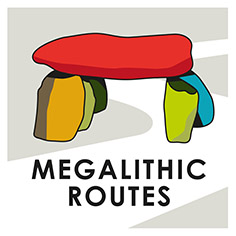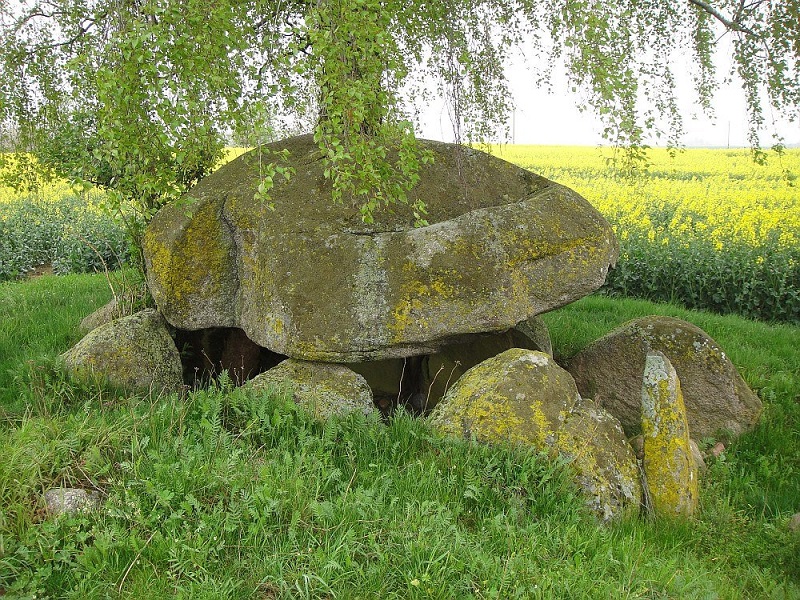All German megalithic monuments now documented.
It is more than 10 years since Willem Donker, an estate agent in Heerenveen in the Netherlands, first began his hobby. He had set himself the task of seeking out and visiting every German hunebed. At that time he did not know that the total number was as high as 1,350. However, in 2021 he completed the task and so became the first person ever to visit all German hunebeds. No one else can claim the same achievement, even in Germany. And moreover, Willem has listed them all, with photographs, on the hunebednieuwscafe website of the Hunebed Centre.
It may not sound difficult, but it is in fact a massive undertaking. In the Netherlands all hunebeds can be found in a relatively small area in the north of the country. Each one is marked clearly on maps and also by an information board at the site. That is not the case in Germany. There they stand in the middle of forests, hidden away in fields, in military training areas, on uninhabited islands and in other out-of-the-way places. Willem could not just look up information in guidebooks or history books; he first had to spend a great deal of time researching on Google Earth, in old literature etc, and making contact with local people.
For Willem the last 10 years have consisted on average of 8 months research and then, in April, a few weeks in Germany, each time visiting more than 100 hunebeds. Every evening he would return to his hotel, often covered in mud and scratches, but with a deep feeling of satisfaction.
And yet, Willem is not content to sit back and relax – he has now set himself the task of visiting every hunebed in Poland! As he says “The total number in that country is far less than in Germany so the job should be much easier”.
Willem Donker’s ‘Collected Works’ on the German hunebeds can be found on the website of the Hunebed Centre (www.hunebednieuwscafe.nl) where each location is shown on an interactive digital map. This makes it much easier for readers to find each of the 1,500 locations, covering 1,314 hunebeds and a number of sites where it is known that hunebeds once stood.
Willem’s work also represents an enormous and, above all, practical contribution to the accumulated knowledge of the Hunebed Centre on the distribution of hunebeds in other parts of Europe. At the same time it enhances the reputation of the Hunebed Centre as the foremost centre of learning about these ancient burial monuments.
The project also exemplifies the philosophy of the European Megalithic Routes organisation. The aim of this organisation is to link together hunebeds all over Europe by means of routes, scientific research and the exchanging of information.



